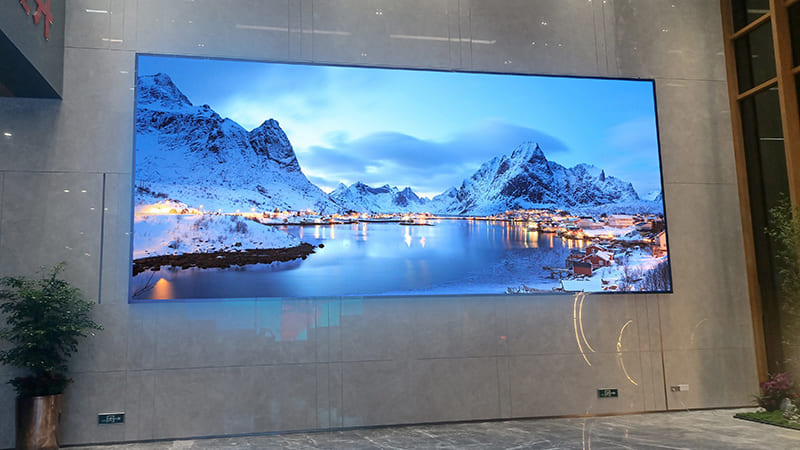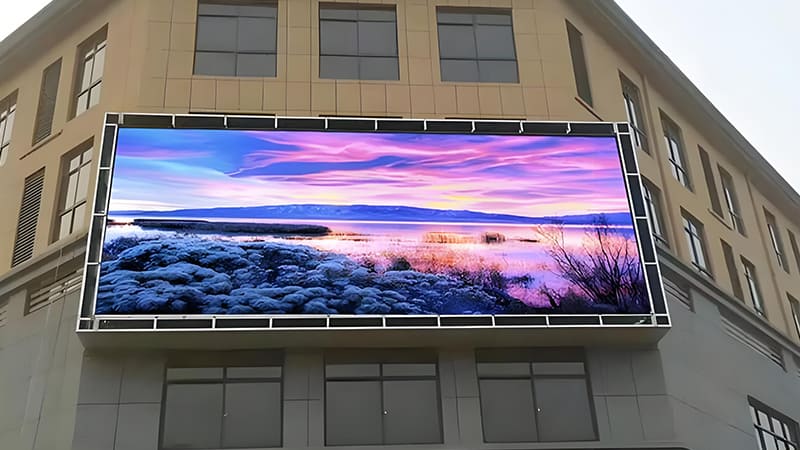How Long Can an LED Display Screen Really Last? A Look Beyond the Numbers
When you see terminologies like "MTBF≥10,000 hours" (mean time between failures) and "half-life≥50,000 hours" on a LED screen display, it would appear as if such screens possess an immortal life — 100,000 hours theoretically. Under a round-the-clock usage mode — 12 hours a day, 365 days a year — that would mean 20 years of running. But the actual situation is far from this.
In actual usage, the life expectancy of LED display screens varies. The indoor LED displays have a lifespan of 6 to 10 years, and under proper care, some last even longer. The outdoor LED displays face much harsher conditions and have a lifespan of 3 to 8 years. In extreme environments, their lifespan can be even shorter. Typically, LED display screens which are sold in the market offer 6 to 8 years of assured operation.
A number of issues contribute to the real lifespan of an LED screen. First of all, screen quality itself is significant — specifically the manufacturing process, chip and raw material quality. High-grade LED screens generally employ imported chips, which exhibit higher luminous efficiency and stability and slow brightness degradation. For instance, top-of-the-range LED beads will retain over 50% of their brightness after 5 years of operation, while lower-priced ones will depreciate by more than 50% in a mere 3 years. Current technologies like COB (Chip on Board) and GOB (Glue on Board) also enhance resilience by reducing the risk of bulb failure throughout the life of an average SMD encapsulation.

Environmental conditions also play a significant role. Screens installed in areas where temperature, humidity, and ventilation of the air remain stable have a longer lifespan. On the other hand, high temperatures, humidity, dust, or corrosive gases accelerate the deterioration of internal components. The LED screens that are used outdoors must withstand 70°C temperature fluctuations, exposure to UV light, and other environmental stresses and therefore require IP65-grade water and dustproofing protection.
Frequency of use and duration are also factors. A display that is being used 24/7 — i.e., a command center — will degrade quicker than one being used intermittently, i.e., a conference room. Ongoing use takes its toll on all components, shortening lifespan.
Finally, proper maintenance is a crucial factor. Cleanliness on a regular basis, inspection, and prompt defect repair can suppress premature aging. Avoiding excess content displays (like full-white or full-green screens for long periods) also helps protect the LEDs from overcurrent damage.

To summarize, while the numbers on paper are awe-inspiring, the real-world lifespan of an LED screen depends on quality, environment, use, and maintenance.



